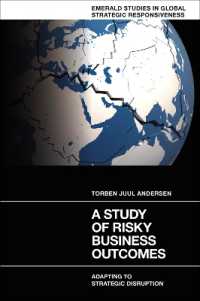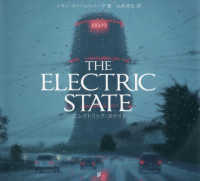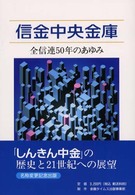Full Description
In Acting It Out, you'll discover how to use drama in your ELA and social studies classrooms to boost student participation and foster critical thinking. With years of experience supervising arts integration programs in Chicago Public Schools, authors Juliet Hart, Mark Onuscheck, and Mary T. Christel offer practical advice for teachers in middle and high schools. Inside, you'll find...
Group activities to improve concentration, harness focus, and engage students of all abilities and learning styles in teamwork
Close reading exercises that encourage students to think critically and build personal relationships with the text
Strategies for integrating active approaches to dramatic literature, such as improvisation and scene work
Ideas for using dramatic literature as a springboard for studying history and interdisciplinary studies
Annotated reading lists that highlight each play's content and recommended uses in ELA or social studies
Throughout the book, you'll also find handy tools such as reflection questions, handouts, and rubrics. By implementing the strategies in this book and allowing students to step into different roles from a text, you'll improve reading comprehension and energize your classroom!
Contents
Contents
Meet the Authors
Acknowledgements
Chapter 1: Bringing Dramatic Literature to Life Through An Active Approach
What Does "Acting It Out" Really Involve?
Offering A Bit of Context: TimeLine Theatre Company and Chicago Public
Schools Partnership
Not Just in Drama Class: Using Active Approaches in Any Classroom
Opportunity for Reflection
Chapter 2: Engaging Students: The Key Ingredient
Make the Connection: Engagement and Standards for Learning
Empowering Learners: Long Term Outcomes
Opportunity for Reflection
Chapter 3: Opening Up the Classroom Actor's Toolkit: Promoting Student Engagement
How to Build an Ensemble
Introducing Classroom Actor Basics
Sharing Energy and Building Trust
Making Body and Voice Connections
Creating A New Approach to Bell Ringers and Redirection Strategies
Beyond Bell Ringer Ensemble Building Activities: Exploring a Monologue
Activity #6: Group Monologue Work
Fostering "Buy In" and A Classroom that "Connects"
Opportunity for Reflection
Chapter 4: The Play's the Thing: To Read or Not To Read Dramatic Literature
Why Read a Play?
Act One: Start by Addressing Accessible Literary Themes
Act Two: Build Critical Thinking Around Social Issues
Act Three: Create and Recreate Historical Perspective
Opportunity for Reflection
Chapter 5: Acting It Out: Applying Active Approaches to Scene Study
Introducing the Play
Selecting Scenes and Monologues
Starting the Rehearsal Process
More Body and Character Connections
Casting the Scenes, Creating Rehearsal Groups
Starting with a "Table Read"
The Reader-Feeder Approach
Moving with a Purpose: Blocking the Scene
Showing Scenes
Assessment: What Are My Students Learning? How Do They Want to
Grow?
Building Confidence, Fostering Success
Opportunity for Reflection
Handout: Self-Assessment: My Personal Goals
Handout: Formative Assessment: Checklist for Meeting Rehearsal Objectives
Rubric: Summative Assessment of Scene Showing
Chapter 6: Discovering the World of the Play: Researching Complementary Nonfiction, Primary Sources, and Visual Texts
What is a Dramaturg?
Teacher as Dramaturg: Providing Students with Complementary Non-fiction Texts
Students as Dramaturgs: Researching the World of the Play
Seeing the World of the Play Through Visual Media Research
The Play's "Backstory": Creating a Dramaturgical Packet
Step into the Play's World: Creating a "Lobby Display" for the Classroom
Opportunity for Reflection
Handout: Brainstorming to Set a Research Agenda
Chapter 7: It's All Connected: Making Interdisciplinary Connections through Dramatic Texts
Why Interdisciplinary Connections through Dramatic Texts?
Excerpting a Play, Capturing a Crucial Moment in History
Use History Plays Like Time Machines
More Specifically: Unpack Social Issues
Use Plays to Establish a Different Viewpoint on Segregation
Use Plays to Gain a Different Viewpoint on Prejudice
Use Plays to Study the Role of Harassment in Culture
Use Plays to Expose the Stories of Internment and Genocide
Opportunity for Reflection
Chapter 8: Measuring Growth: Activities for Exploration, Reflection, and Assessment
Setting the Stage for Exploration: Previewing the Play, Its Issues, and Themes
Character Development Activities for Deeper Exploration and as Formative
Assessment Tools
Capstone Writing Activities
Bringing It All Together
Opportunity for Reflection
Handout: Character Dossier
Handout: Coat of Arms Template
Appendix A: Lesson Plans
Appendix B: Recommended Plays
Appendix C: Recommended Resources
References








